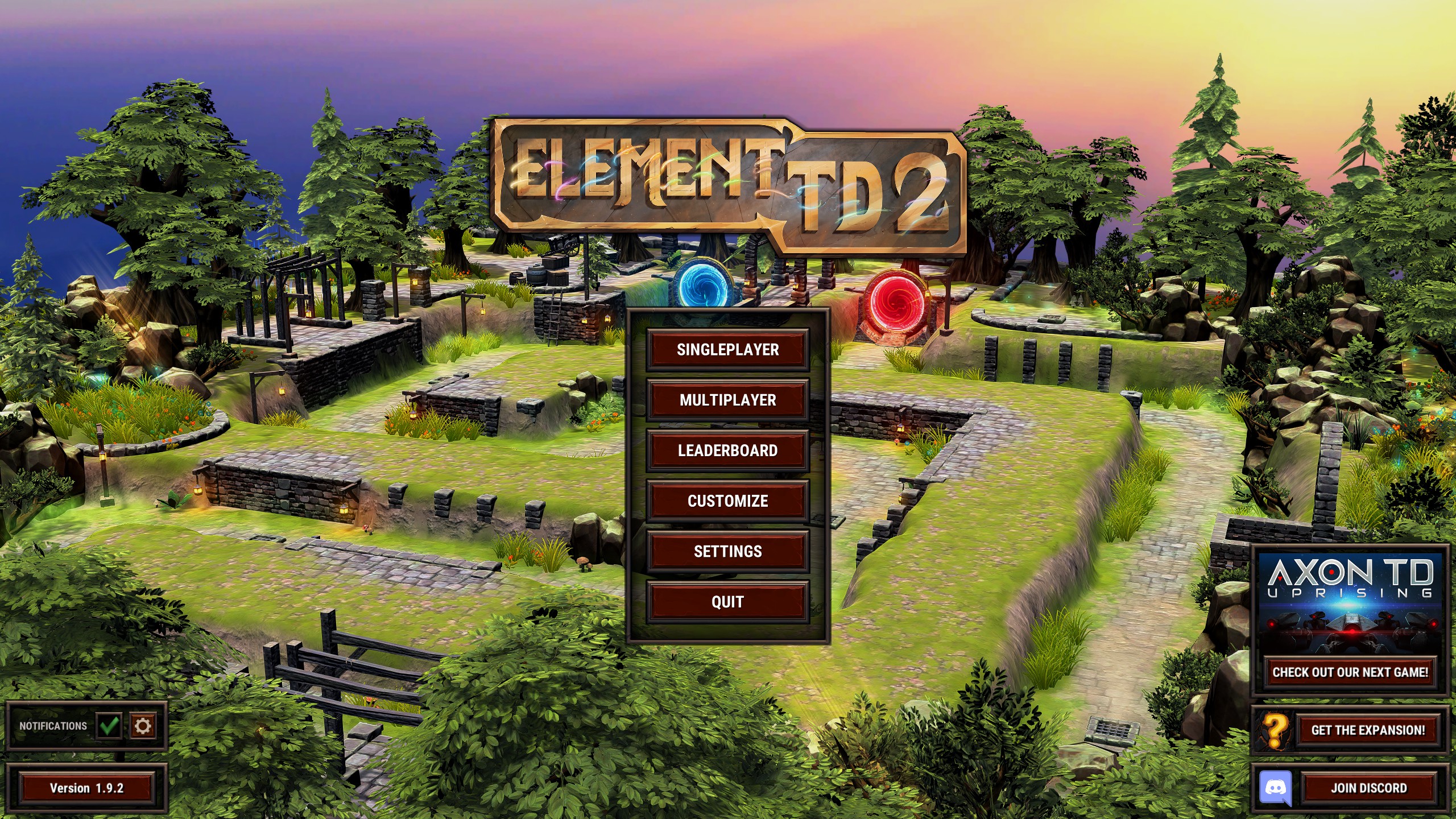Unity of Command II is rightly compared with the likes of Panzer Corp 2. They are pretty much the same game, but with one key difference being that Unity of Command II is focused on ensuring that your logistics are protected while your enemies’ logistics are disrupted. Both games have the same turn based strategy set up, units that travel with you from mission to mission, and time limits on how long you have to complete a mission (but Unity of Command II’s time limits are much more punishing).
Between the two games, where I have sunk around 60 hours each, I prefer Panzer Corp 2 because of its visual aesthetics, grander cast of units and control over their customization/placement, the voice acting for briefings and better campaign with alternative history paths, and the wider range of tactical abilities and units on offer (including paradrops, amphibious assaults, and being able to use the Gustav cannon).
Having said all that, Unity of Command II is not slouch at all. That’s why I have given it just as much love and attention. Unity of Command II allows you to level up your armies command HQs as you progress through the campaign, add artillery or additional armor (as specialist steps) to units without needing a separate unit and you have access to cards that can turn your fortunate around if you need it.
There is a grand campaign for the Allies (i.e. mainly US and UK) and the other factions if you purchase the downloadable content. Most of the campaign follows the historical battles that took place in World War II. In Unity of Command II, the base game is focused on the Allies, whereas Panzer Corps 2 is solely focused on the German Wehrmacht.
The challenge with Unity of Command II is that each mission usually gives you about one or two turns to complete very difficult objectives, failing means having to restart the mission all over again. While it costs you campaign scores to restart a mission, the goal obviously is to score as high as possible without having to restart a mission. As you score points, you can compare that with your peers. In that sense, it can feel great when you complete the campaign with a better score than everyone else.
There will be some variation in scores since the thing is, this game is incredibly hard and there is a randomness factor at play at times. (I say randomness because that’s I feel when I play the game, but the game has set actions that the AI will do if the right triggers are activated. So you can manipulate the AI to make mistakes.) Overall, the desire to replay the campaign with different tactics and on harder difficulties is there since getting a better result is always a good feeling.

I completed all of the Allies campaign and most of the Barbarossa campaign. The Allies campaign from North Africa/Italy to France were good. I really enjoyed the different terrains and missions that these two theatres had to offer. The Barbarossa campaign (which is unfortunately locked away behind paid downloadable content) is brutally tough as the campaign gets harder and harder if you are not careful about preserving the strength of your units before the gates of Moscow. But man, I really enjoyed those campaigns where I could just encircle large groups of units in pockets and deprive them of supplies.
There is a lot of replayability in this game. While it can be frustrating to fail a mission at the last turn, which may have been the case in real life, it makes you reassess your strategy and you usually do a better job the second time around.
Please support the website by liking the article or subscribing to the mailing list.
Here are some of my recent articles:
Discover more from Australian Sightseer
Subscribe to get the latest posts sent to your email.



